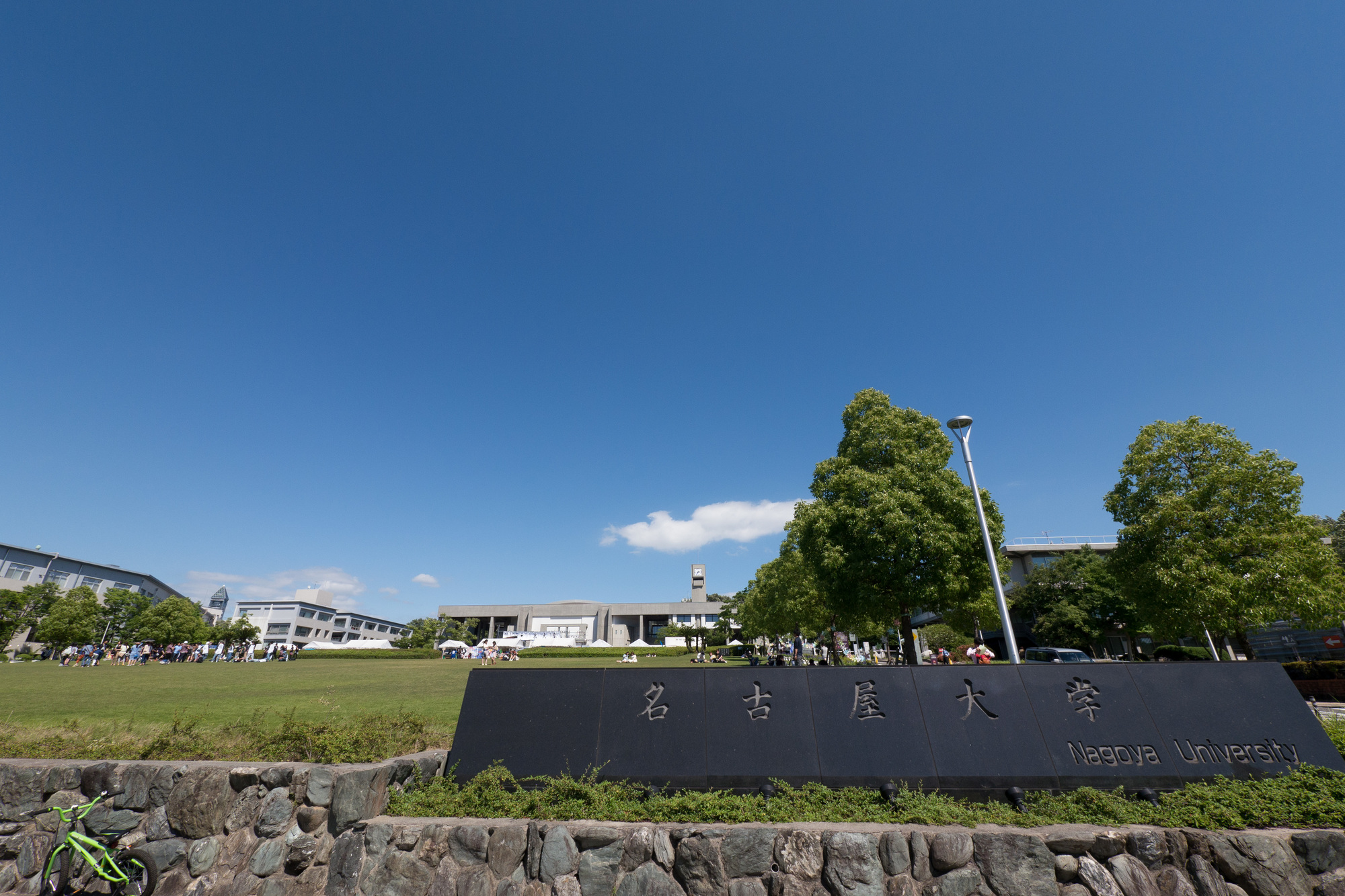Researchers at Nagoya University, the University of Tokyo, and Osaka Sangyo University have used the ALMA telescope to discover large amounts of dust and oxygen in galaxies 132 billion light-years away from the earth.It is the second distant record in the history of observation as a galaxy in which dust was found, and it is said to be the result of dating back to the history of star formation during the cosmic period.
Immediately after the birth of the universe (Big Bang) 138 billion years ago, there were only hydrogen, helium, and a trace amount of lithium in the universe.It is said that a star was born from there, a nuclear fusion reaction proceeded in the star, and elements that became raw materials for oxygen, carbon, and dust were produced, and when the star ended its life, these elements were scattered in the universe. ..The detection of large amounts of dust indicates that there were many star births and deaths before that.
The research team observed the galaxy "MACS0416_Y1" using the ALMA telescope in Chile, South America.This galaxy is 132 billion light-years away in the direction of Eridanus next to Orion, reaching the earth 132 billion years ago, 6 million years after the birth of the universe.By observation, we succeeded in capturing the light emitted by a large amount of dust and oxygen in this galaxy.It is the second farthest galaxy in the history of observation where dust and oxygen have been detected (the difference from the farthest galaxy "A2_YD2744" is only about 4 light-years).The total amount of dust was estimated to be 600 million times that of the sun.
This indicates that a large number of stars were alive and dead repeatedly in a short time of 6 million years after the birth of the universe.It is said that more dust than theoretically predicted existed in the early universe, but this discovery further deepens the mystery.
From this observation and the observation results of the Hubble Space Telescope, it was found that this galaxy was born about 3 million years after the birth of the universe, and that active star formation activity occurred again about 6 million years later.This achievement approaches the major theme of modern astronomy, when and how the elements around us were created.



